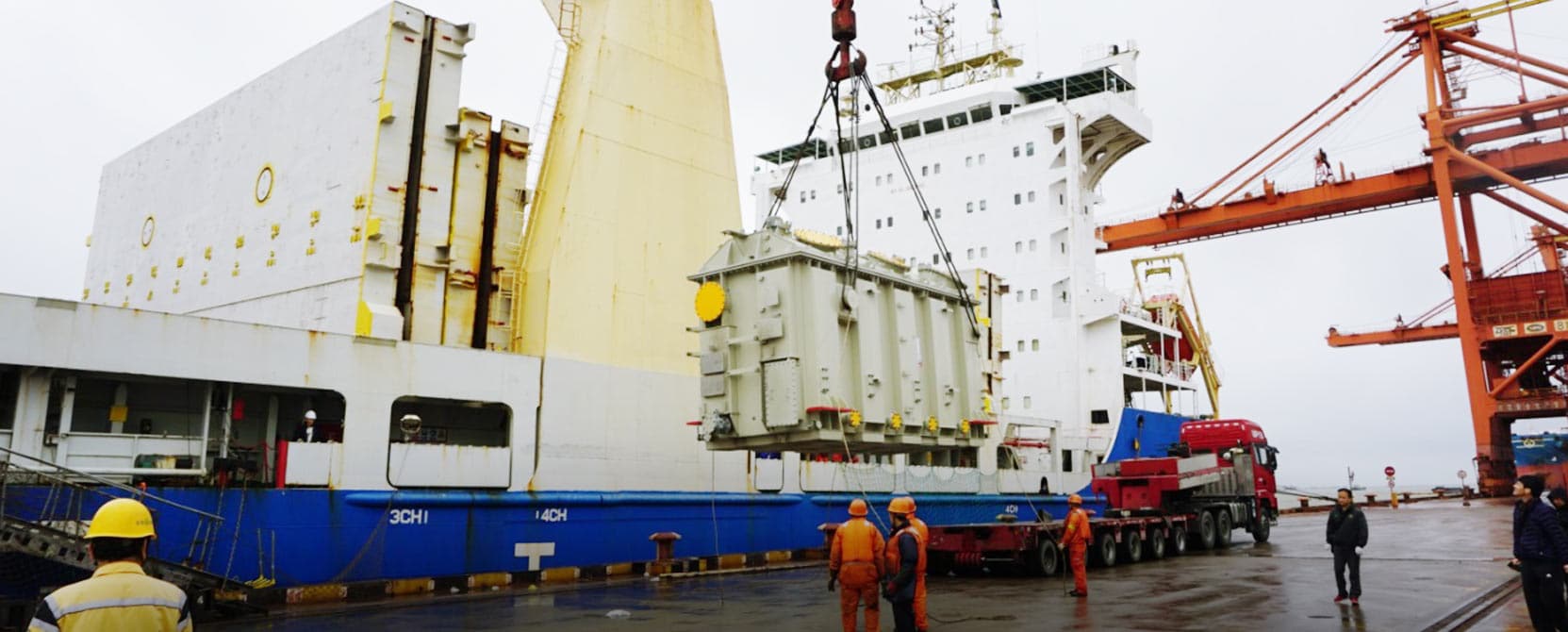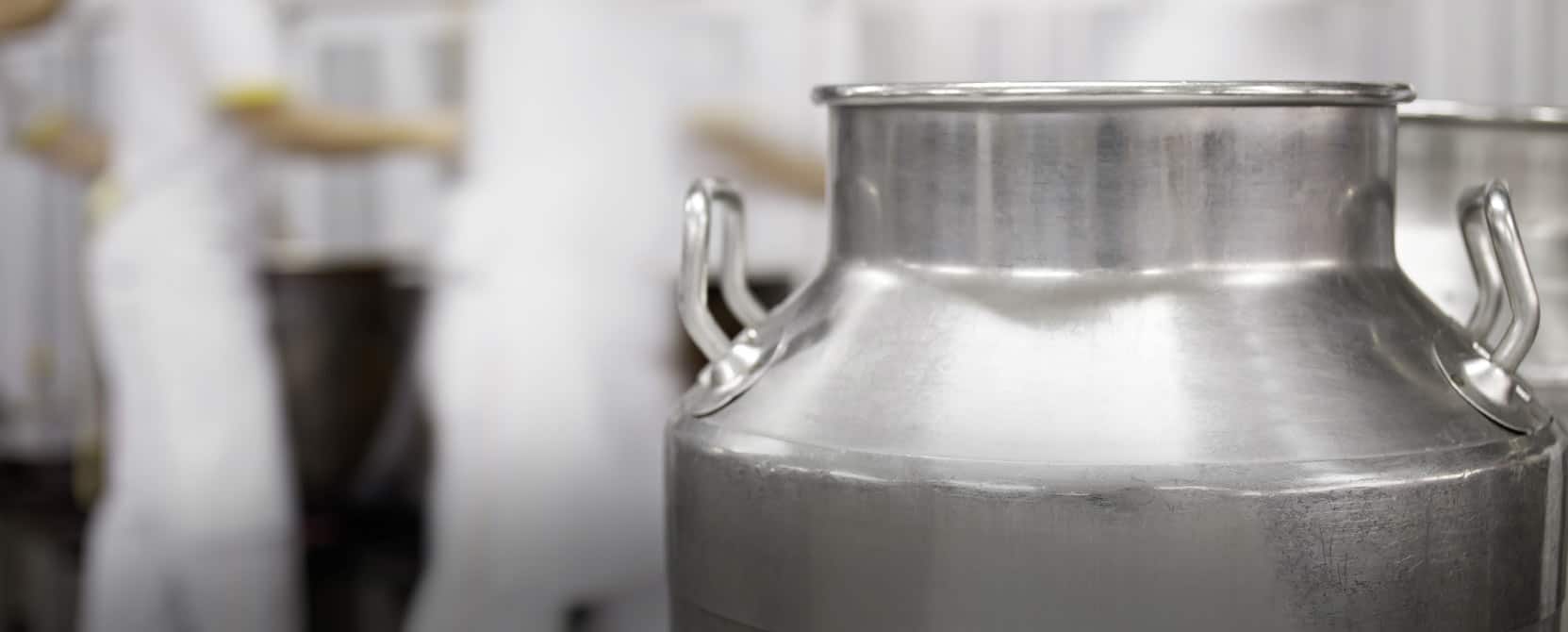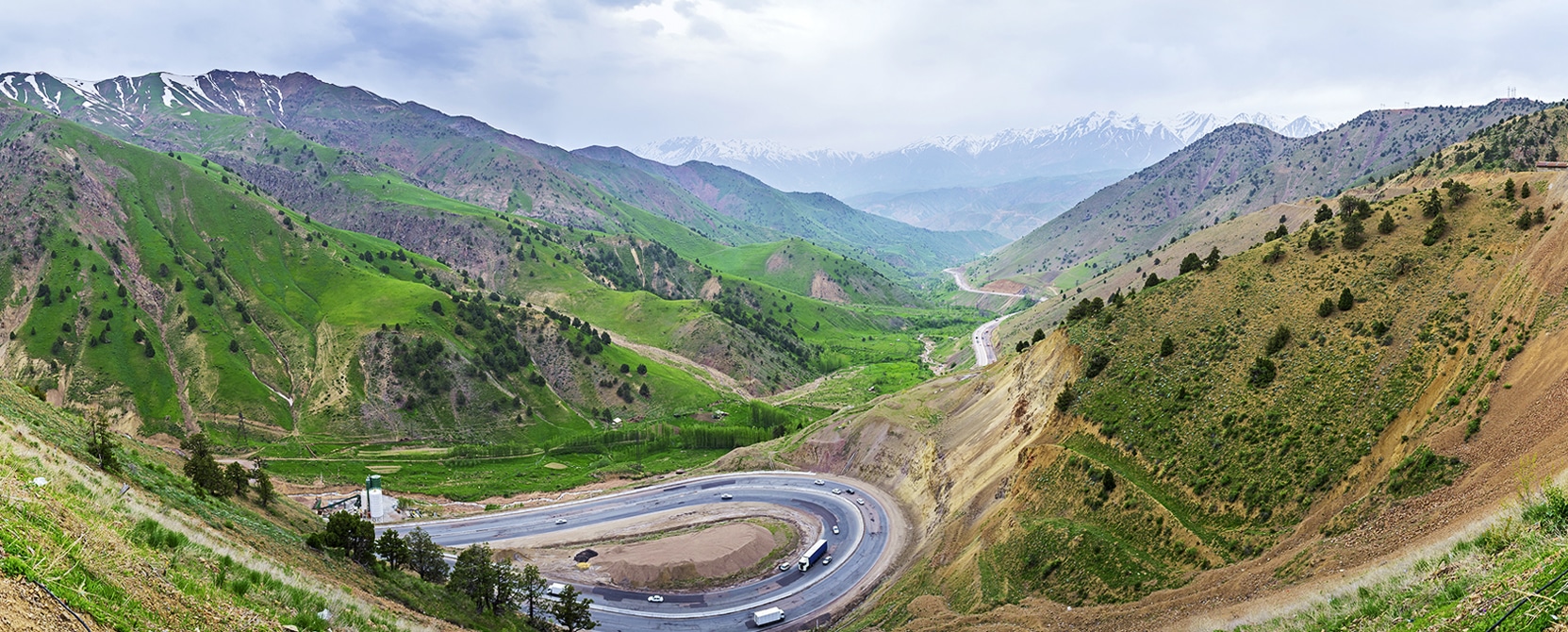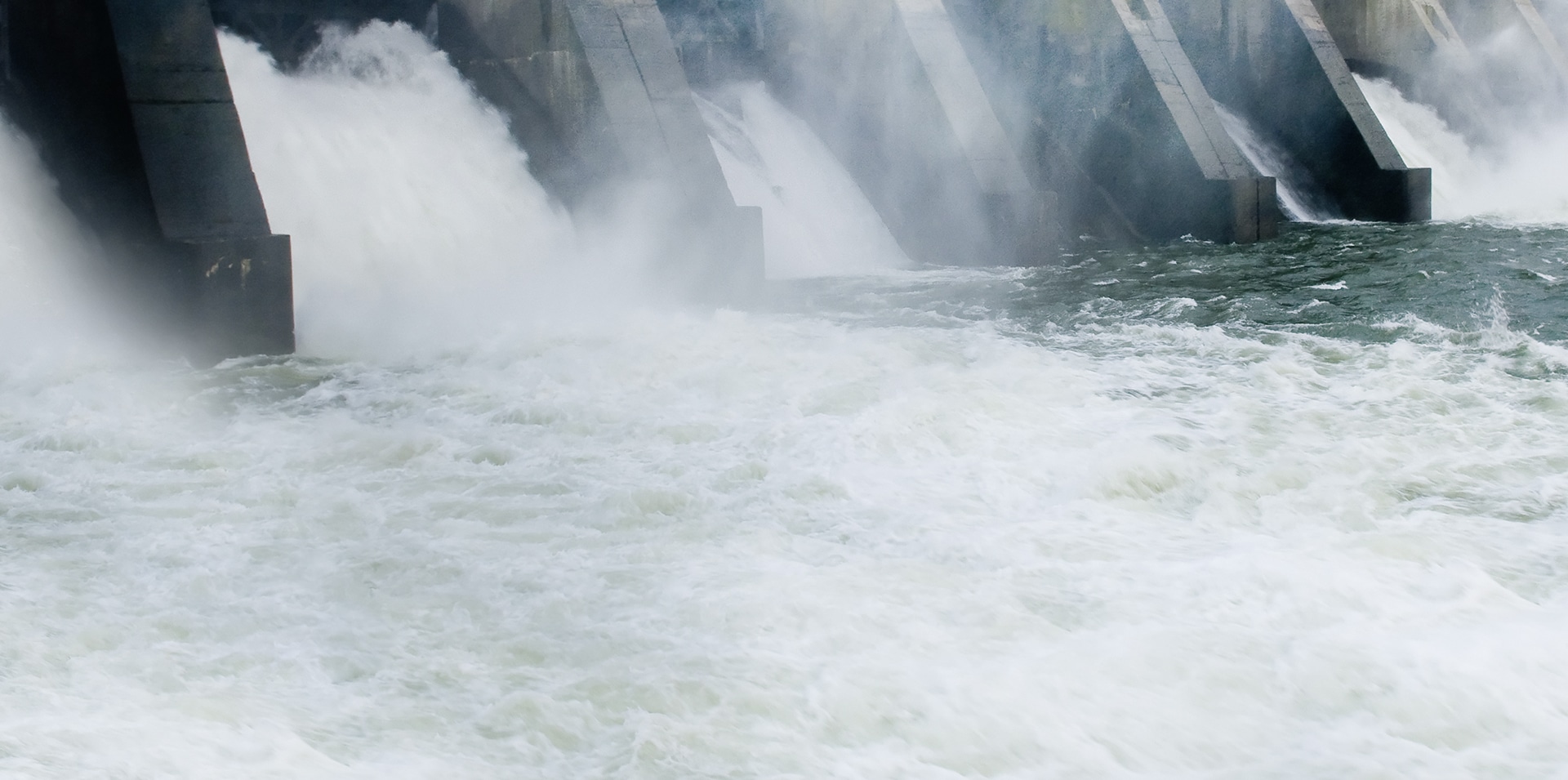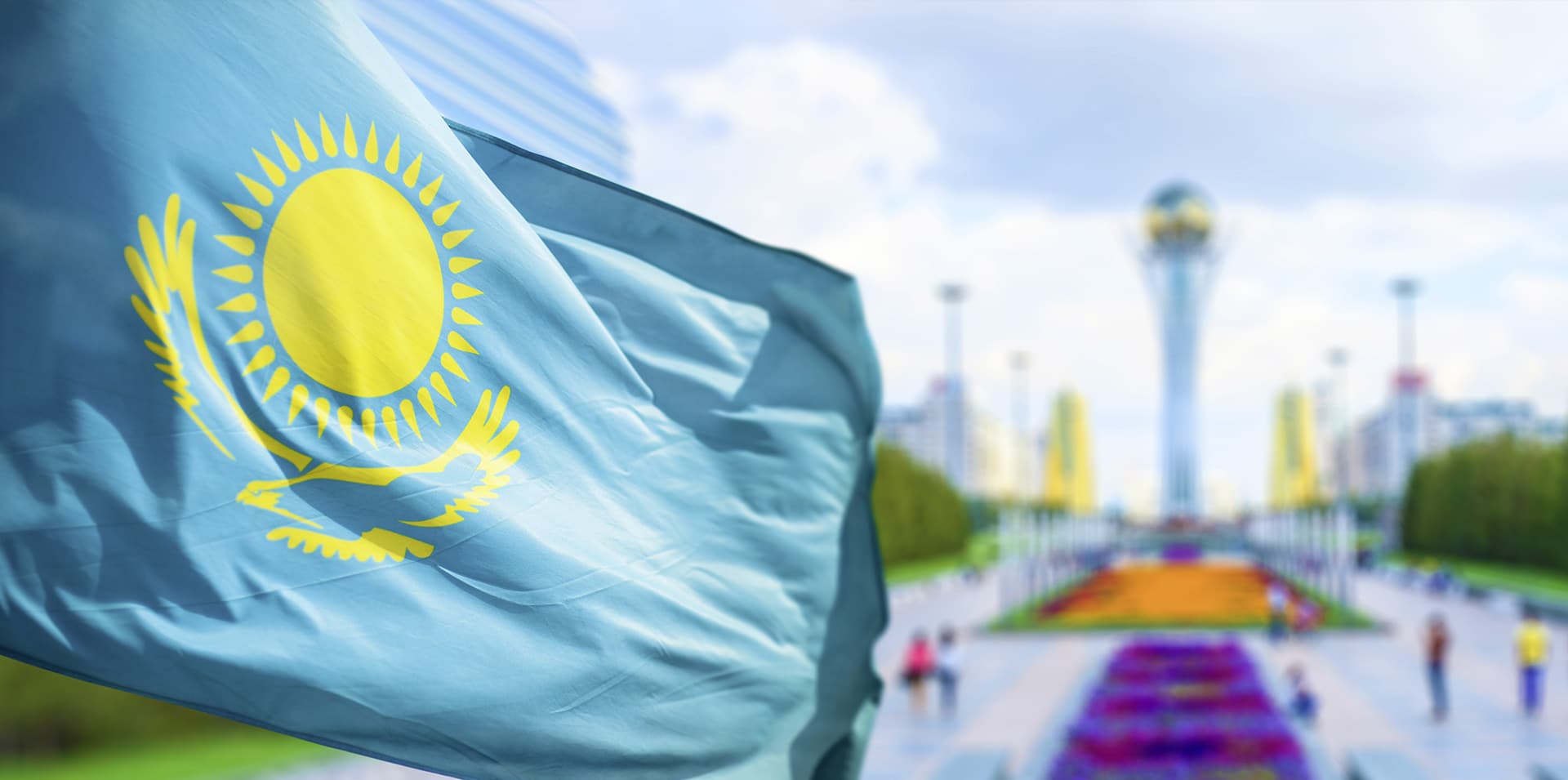22 transformers and associated equipment from Shanghai to Port Sudan – that was the order for Militzer & Münch China. The heaviest cargo weighed 67 tons – the total weight of the goods was too much for a normal bulk carrier.
The customer, a company from the energy and utilities sector, needed the transformers for the construction of several transformer stations. The volume of the freight: circa 11,000 cubic meters, the equivalent of around 78,500 water-filled bathtubs – a challenge for the team.
“The obvious solution: we used a heavy lift carrier for the transport”, says Sara Zhang, Project Operation Manager M&M Beijing. “That allowed us to cover the 7,000 sea miles smoothly.” For Militzer & Münch China, this break bulk shipment was the first order from the customer, and also the first transport to East Africa.
The transport had been planned in detail beforehand so the entire freight could be collected at one point and shipped out simultaneously. “Not only the transformers, also the associated equipment differed a lot and came from several places of origin in China”, says Sara Zhang. “A time-consuming endeavor; but together our team and our local partner coordinated the project perfectly and cooperated successfully to handle the transport within the time frame set by the customer.”

